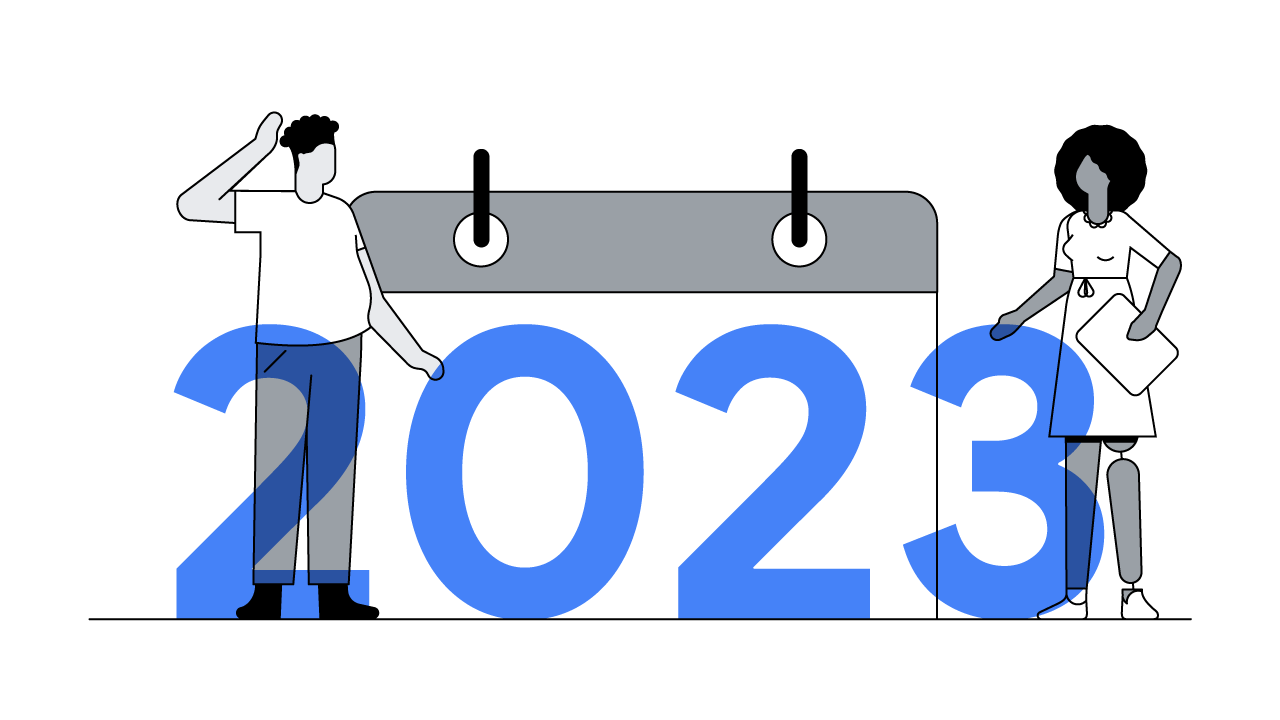What characterises the world of today? Understanding the answer to this question defines our future rate of success. We live in a world in rapid change and we are constantly being challenged by competitors and new technology that may – or may not – disrupt our business. The level of complexity that surrounds businesses of today is greater than ever and the speed of change is unprecedented.
How CMOs can lead transformational change from the marketing department outwards
Is your company truly customer focused? We recently put the question to nearly 1,200 business executives in Sweden and they almost all said yes. But when we asked if they had mapped out the entire purchase journey for their most important customers, the answer was very different.
Technology transforms the way we live, act and make decisions at unprecedented speed. And because customers, cultures and markets are changing fast, companies that want to pull ahead of the mainstream must use customer focus to guide everything they do: from operations to product development.
There’s big opportunity for the first-movers here. Brands integrating advanced digital technologies and data to build useful, personalised customer experiences are seeing bottom lines ratchet up 2 to 3 times faster.*
As the marketing team is already focused on the customer journey and using customer analytics to create value, CMOs are ideally placed to lead the development of fresh, customer-centric approaches that maximise ROI. A new Google report explores how to go about it, whether you’re a CMO or one in training.
Be assistive across the full customer journey
Purchase journeys can be short and compact, long and episodic. They include decisions about where and how to buy, as well as moments where customers want to be informed, inspired or entertained. Consumers hop between devices and sources and it’s up to us as marketers to deliver the right information at the right time as they navigate that pathway.
Homing in around the following helps:
Relevance: Know who a customer is and where they are in their purchase journey by collecting and analysing data, so distractions and noise can be filtered out
Convenience: Make choices simple, interactions straightforward and information easy to find will minimise the friction and help consumers get things done quicker
Speed: We know that users start leaving mobile websites that take more than 2 seconds to load, and more than half abandon at altogether after 3. In an analysis of more than 300 major company websites across Europe, Google found that 95% took two seconds or more to load.
Wherever a customer is on the path, smart marketers set themselves ahead of the pack by checking off this list at each journey stage:
- Establish the right priorities, based on understanding customer intent in that moment
- Target the right users, by using data to match the right audience as the degree of commercial intent increases
- Set the right KPIs, with an eye on micro-conversions, such as pages browsed or accounts created, as well as driving awareness and ROI
Measure and automate across that journey
Thanks to innovations in mobile technology, companies can now merge digital and physical channels to deliver an integrated personalized experience across the customer journey. That means more data is available than ever before for companies seeking to pull ahead. It also means data-driven attribution models to automate media investment decisions are the most cost-effective way for companies to collect, analyse and respond to consumer needs. For example, until recently it has been difficult to measure the impact of online advertising on offline sales. Now, thanks to location history sharing by Google users, retailers can know if a potential customer visits their store days or weeks after exposure to digital marketing.
Data streams now available to marketers are closing the gap between taking action and getting the feedback teams need to learn. By adopting a test-and-learn approach, advertisers can use data to work new media into their communications mix more effectively, whether understanding where to place content, how to make smarter budgeting decisions, or what needs to be done to tailor content to specific platforms.
Because connections between online and offline behaviour range from direct causality to statistical likelihoods, they demand smart, sophisticated analysis. That’s why every leading marketer automates as much of the process as possible, freeing up human time for high quality, low-volume tasks where quantitative models struggle the most.
Look to data to lighten the load too. Technology helps us make sense of the abundance of signals now open to us, and leading marketers automate all that can be. Whenever you do something in your organisation more than twice, stop and consider if here’s opportunity to free up some human time for high quality, low-volume tasks where quantitative models struggle the most.
Show the way and bring others along with you
CMOs and the marketing team are at the frontline of digital transformation and can role model the way forward, but they can’t do it alone. We picked out the 4 make-or-break missions central to setting the wider organisation up for success too:
- Connect digital specialists and business leaders. In 2016, we did a survey of digital marketing talent at 2,200 marketers and 141 advertisers. We found that despite management claims to have increased their focus on digital approaches, little had changed in practice year-on-year. When digital specialists work outside of existing hierarchies, consulting staff at all levels, they can create solutions with maximum impact.
- Rethink work and risk - at the individual employee level. Transformation projects generally require trying new things, so you’re asking people to do more work and take on more risk. It’s vital to consider how individuals are rewarded for participating in the change process, even if the project does not deliver the expected outcome.
- Move everything in parallel to avoid snapbacks to old habits. By ensuring that leadership, culture, operations, technology and customer-centric approaches move in sync, companies can secure lasting change.
- Build KPI structures that support the transformation. That means choosing KPIs that create a consistent experience throughout the customer journey, support collaboration between teams and develop a healthy balance between long- and short-term investments.
Taking the lead starts here
In our full report, we set out 5 practical steps for any CMO looking to create a customer-focused business, as well as detailed examples of successful projects, supporting data and helpful visualisations.







